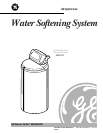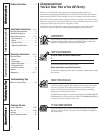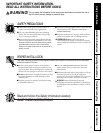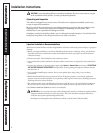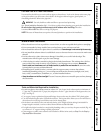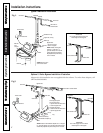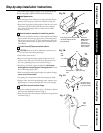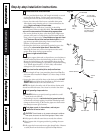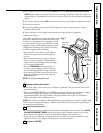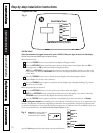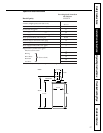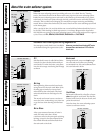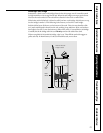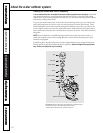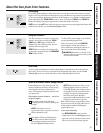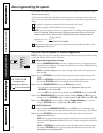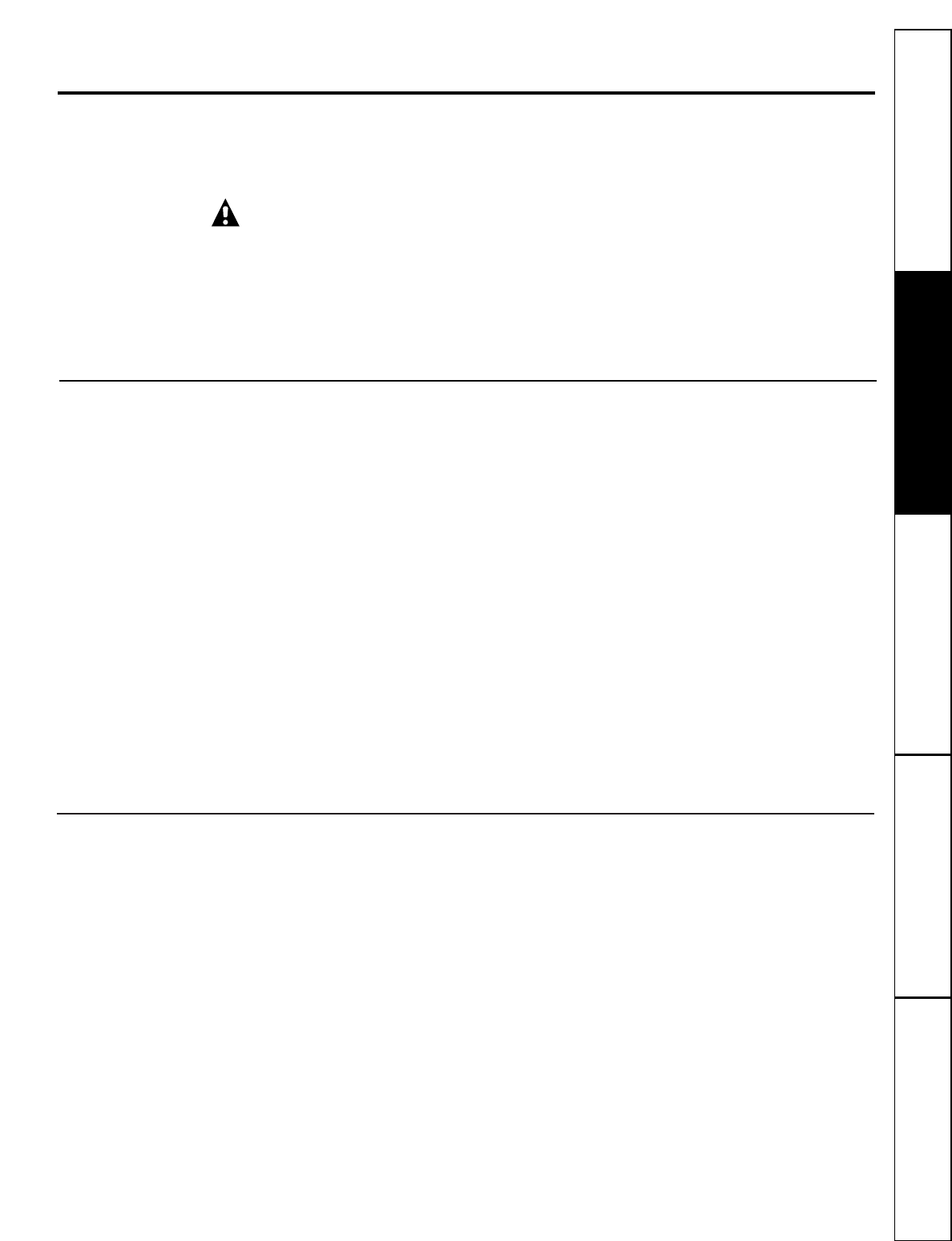
5
Customer ServiceTroubleshooting Tips
Installation Instructions
Safety Instructions
Operating Instructions
• Place the softener as close as possible to a sewer drain, or other acceptable drain point or standpipe.
• It is recommended to keep outside faucets on hard water to save soft water and salt.
• Do not install the softener in a place where it could freeze.
Freeze damage is not covered by the warranty.
• Do not install the softener where it would block access to the water heater or access to the main water
shutoff.
• Put the softener in a place where water damage is least likely to occur if a leak develops. The
manufacturer will not repair or pay for water damage.
• A 120 volt electric outlet is needed to plug in the included transformer. The softener has a 10 foot
power cable. If the outlet is remote (up to 100 feet), use 18 gauge wire to connect.
Be sure the
electric outlet and transformer are in an inside location, to protect from wet weather.
Be sure the outlet
is unswitched to prevent accidental shutoff.
• If installing in an outside location, you must take the steps necessary to assure the softener,
installation plumbing, wiring, etc., are as well protected from the elements (sunlight, rain, wind,
heat, cold), contamination, vandalism, etc., as when installed indoors.
•
Keep the softener out of direct sunlight.
The sun’s heat may distort non-metallic parts and may damage
the electronics.
Where to Install the Softener
• In and out pipes to the softener must be at least 3/4″ size. Some local codes require a minimum of
1″ pipe size. To plumb with 1″ pipes, buy adapters to fit the 1″ pipe threads on the bypass valve (see
Fig. 1 and Fig. 2).
• Use copper, brass or galvanized pipe and fittings. Some codes may also allow CPVC plastic pipes.
• Use the included bypass valve to install the softener. The bypass valve allows you to turn off water to
the softener for servicing, but still have water in the house pipes.
• Drain hose is needed for valve and salt tank drains. A 20′ length of drain tubing is included. If a
longer length is needed, it can be ordered from GE Parts at 800.626.2002.
• If a rigid valve drain is needed to comply with plumbing codes, you can buy the parts needed (Fig. 4A)
to connect a 1/2″ copper tubing or plastic pipe drain.
• Clean nugget or pellet water softener salt is needed to fill the brine tank, see
Step 9.
in the
Step-by-
Step Installation Instructions.
Tools and Materials Required for Installation
You must first decide how to run in and out pipes to the softener. Look at the house main water pipe
at the point where you will connect the softener. Is the pipe soldered copper, glued plastic, or
threaded galvanized? What is the pipe size?
WARNING:
Use only lead-free solder and flux to prevent lead poisoning.
See
Typical Installation Illustration,
Fig.1. Use this as a guide when planning your particular installation.
Be sure to direct the incoming hard water supply to the softener valve inlet fitting.
The valve
is marked
IN
and
OUT.
See below to help you prepare.
NOTE:
The state of Massachusetts requires a licensed plumber to perform the installation.
Plan How You Will Install the Softener



